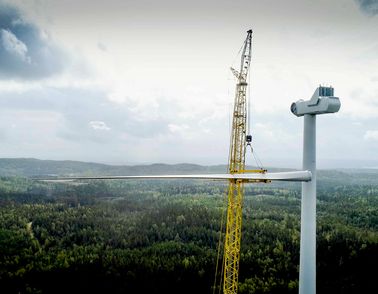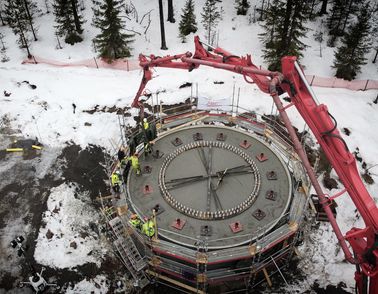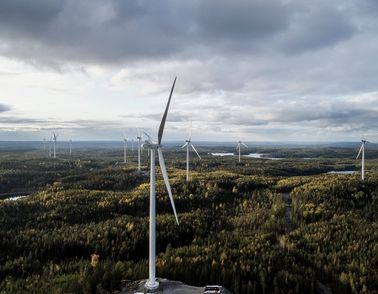
- References
- Wind Farm, Sweden




We have historically received very good quality from NKT and were quick to recommend the AXAL-TT PRO 3.0 and AXALJ-TT EQV 36 kV cables to Kanonaden for this project.
— Tomas Karlsson, Key Account Manager at Onninen
Loading...



